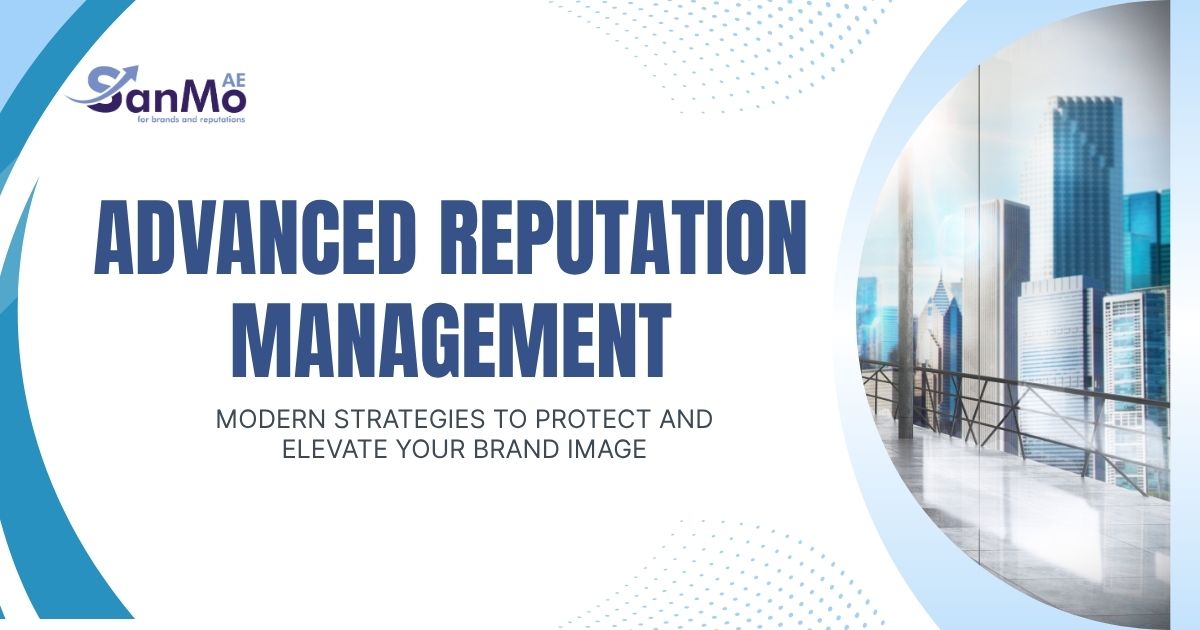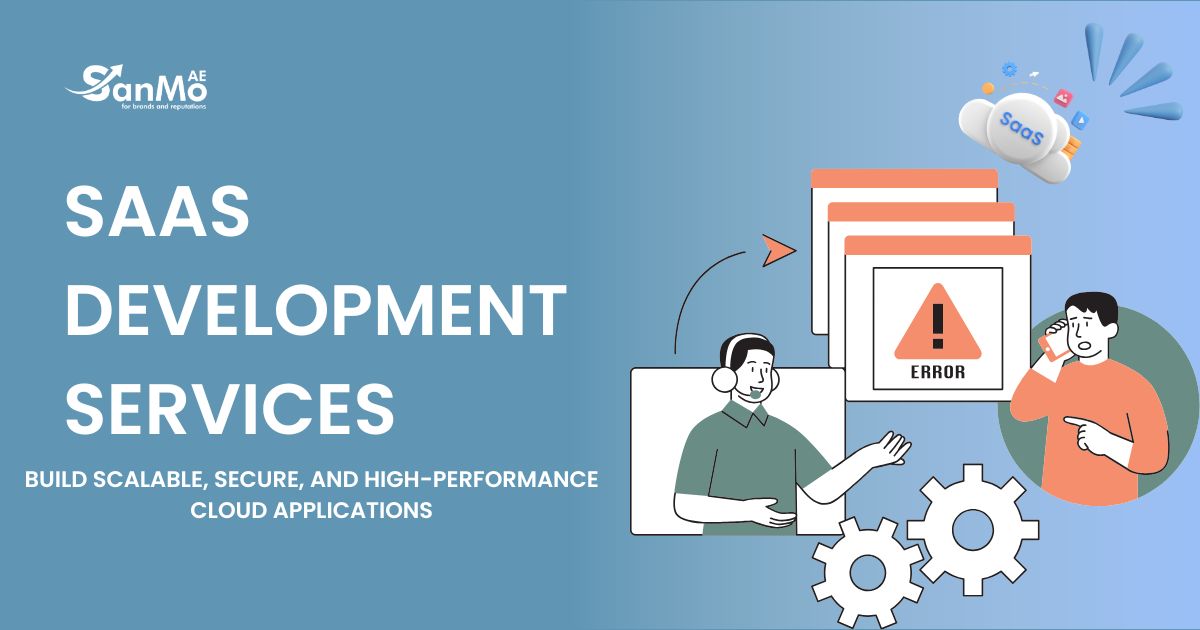It’s not enough to create great content. The other 50% sits in advanced content optimization – being strategic in your content fine-tuning and squeezing the most value out of it when appealing to your readers and search engines.
Most creators at least know the fundamentals: how to do keyword research, write a meta description, and insert internal links. But advanced content optimization reaches much farther. It’s all about getting the user’s intent right, semantic search in play, optimizing for featured snippets, and creating content that is crawlable and easy for search engines to understand.
This complete guide will show you how to implement advanced content optimization strategies to turn your content from ok to outstanding. You’ll be shown how to write for search engines and users alike, so that your content not only ranks well, but also converts readers into dedicated customers.
Making Sense of the Basics of Advanced Content Optimization
Advanced content optimization begins with a strong comprehension of how search engines measure and prioritize content. Today, search algorithms take into account hundreds of factors, from the technical (page speed) to the qualitative (content quality signals), including user engagement and topical authority.
The trick is understanding that optimization is about more than cramming keywords into your product pages. Search engines have become capable of understanding context, what a user actually means, and how concepts are related semantically. That being said, now you know your competition won’t be easy, so your optimization strategy needs to be on point.
Coming up, and gobs and gobs of advanced content optimization…
Advanced content optimization (dun dun dun!)
Well, I’ll cut to the chase. They all reinforce each other, having a multiplying effect that can really work wonders in increasing the reach and impact of your content.
Semantic Search and Topic Clusters
Search engines are not limited to just matching exact keywords. They employ semantic search to determine what queries actually mean and how different concepts are related. This transition has deep implications for content optimization.
Creating content topic clusters means writing in-depth content on a particular topic and supporting it with other content that discusses subtopics. Key Quotes: “Building Topic Clusters creates topical authority and sends clear signals to search engines about your expertise.”
Designing Topic Clusters: Instead of simply discussing how to build topic clusters, you’re going to want to break it down by creating pillar content for large topics that need to be covered head to toe, while simultaneously creating cluster content designed to deep-dive into related areas. Connect these articles together in a strategic way to form a network of related content and bolster your credibility in the subject.
Implementing Semantic Optimization
Begin by finding semantic keywords and linguistically related terms that naturally associate with your core keywords. The links between queries can be made apparent by tools such as Google’s “People Also Ask” and related searches. Make these terms part of the natural flow of your text to increase the semantic value of the text.
When you are optimizing semantically, always think about the user’s journey. What questions might they have? What other subjects could they be affiliated with? This type of approach lends itself to content that’s comprehensive and useful as opposed to being something that’s done narrowly for a keyword.
Technical Optimization for Better Performance
The technical optimization is the basis of the advanced content optimization. Even excellent content may not perform if it is not accessible to search engines, has its crawling impeded, or is not being properly interpreted.
The speed of a page has a direct relationship to user experience, and search engines like Google include loading time in their organic rankings. Optimize images, reduce code, and leverage browser caching to make sure your content downloads blisteringly fast. Optimizing your content for mobile is just as important, with mobile-first indexing, Google predominantly uses the mobile version of the content for indexing and ranking.
Organize your content with correct HTML headings (H1, H2, H3, and so on), so search engines read your post like an organized article with a clear structure. “Use schema markup to further elaborate on the content, and this can help search engines to display rich snippets on search result pages.
Content Structure and Readability
Next level content optimization is to also optimize for readability and engagement. Divide long paragraphs, bullet and number, and include relevant images/audio-visual to chunk your information for easier digestion.
Write scannable text. Make use of descriptive headings and subheadings so readers can easily scan for the information they are looking for. This not only benefits user experience, but it also enables search engines to know the structure and topics of your content.
User Intent and Content Matching
Advanced content optimization can only be achieved if you know what the user really intends to read. Various searches warrant various content stances. Educational queries require an in-depth informational context, and purchase queries need content that gently persuades a user to make a purchase.
Review search results for your target keywords to see what kind of content is doing well now. This analyzes search intent and enables you to develop content that fulfills user expectations. Use the format, length, and style of high-ranking content to guide your optimization efforts.
Develop content targeting the complete range of user intent. A single piece of content could have to inform, inspire, and convince in one, depending on where users are in the customer journey. Stage # 3: Push Your Content Creation. This stage involves writing multi-purpose content which still remains clear and to the point.
Featured Snippets and SERP Features
An example of this would be to optimize for featured snippets (and other SERP features) which, if won, will massively boost the visibility of your content. Featured snippets appear at the very top of search results, providing your content with premium real estate and higher click-through rates.
Organize your content by having the answers to certain questions differently. Utilize styles that Google regularly includes, as it may have come into search questions looking for the answer, such as numbered lists, bullet-pointed lists, and brief paragraphs that immediately answer a common question. Give yourself the kind of question-style subheadings that reflect how people really search.
Generate in-depth FAQs that cover common questions in your niche. Not only will this advance your chances of winning featured snippets, but you’ll also increase the quality and engagement value of your content as a whole.
Advanced Analytics and Performance Tracking
A high-level content optimization demands advanced and complex analysis. More than simple metrics like page views and bounce rate, monitor engagement signals that indicate content quality and user happiness.
Track time on page, scroll depth, and social shares to see how people are engaging with your content. These signals of engagement offer clues to what’s working and what’s not.
Monitor how your content performs in search results with tools such as Google Search Console. Keep an eye on which keywords are actually driving traffic, how your content displays in the search results, and what pages are receiving the most impressions and clicks.
Continuous Optimization and Testing
Optimization of the advanced content is not a finished task. Stay up to date on what’s working for you and what isn’t— and continuously check and update your content accordingly. Experiment with tactics and discover what works best for your crowd and industry.
Test with A/B tests different parts of your content, like the headlines, the meta descriptions and internal links strategies, and CTA placement. 6) Learn the results and iterate your optimization recipe over time.
Raising the Stakes With Your Content
With advanced content optimization, good content becomes great content that is well ranked, user-friendly, and that drives revenue. If you put such strategies in practice consistently, your content will perform better and you’ll gain more authority in your space.
The first step is to perform a content audit to determine areas that can be optimized. Start off with your highest-performing works, because the highest ROI is typically found there. Only then, use these advanced strategies from the beginning for new content.
While advanced content optimization focuses on enhancing your website’s visibility in search engines through technical improvements, semantic relevance, and strategic structuring, it’s equally important to consider how this content is distributed and promoted. Effective social media management plays a key role in extending the reach of your optimized content, driving engagement, and reinforcing your brand voice across multiple platforms. Integrating both strategies ensures a more cohesive and impactful digital marketing approach.








